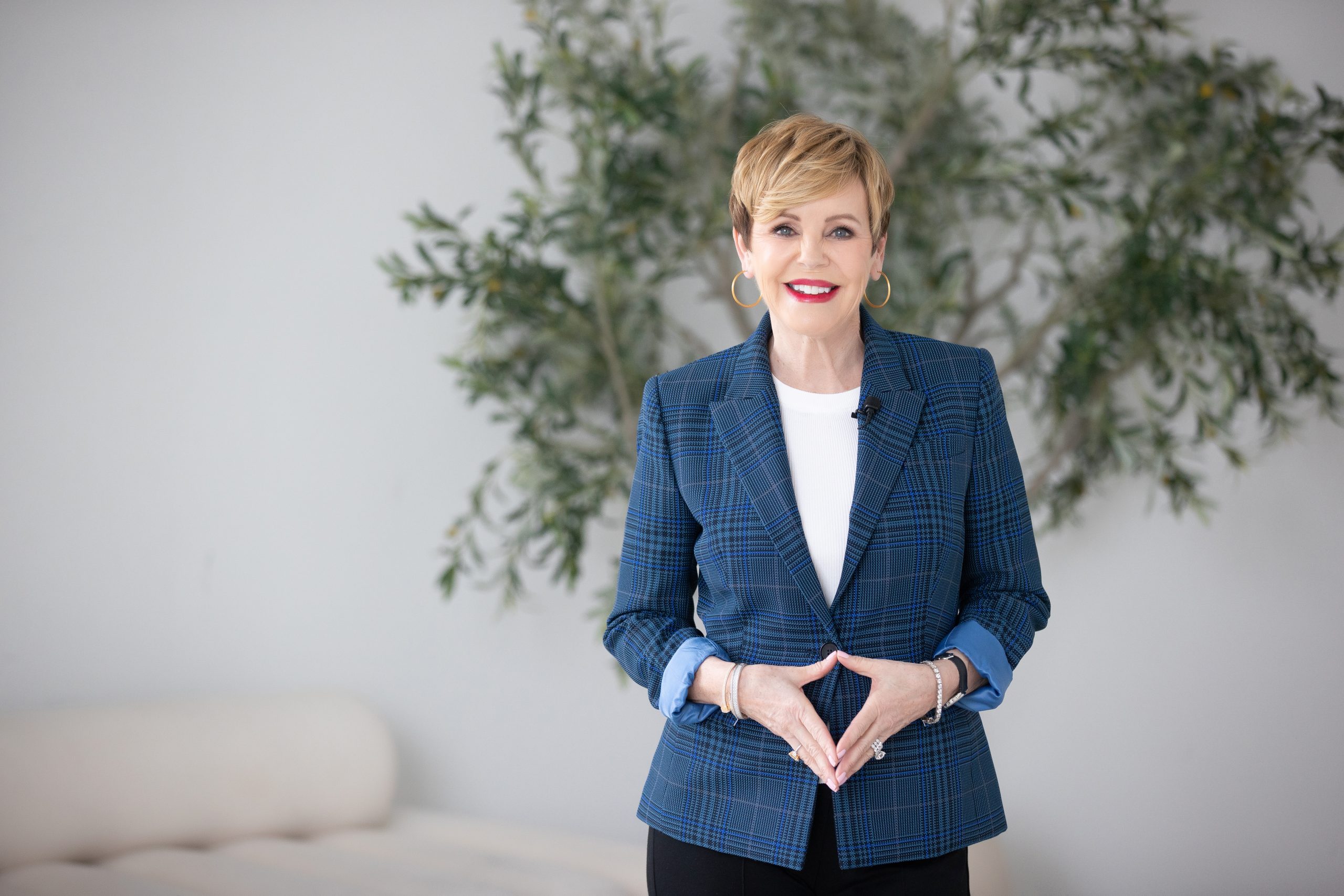Everyone from the Toronto Star to the Fraser Institute is suggesting that older adults work past 65. The federal government is hinting that it will raise the age of retirement to 67. A recent Toronto Star editorial argues “when a growing portion of the population would be living off often-meagre pensions and requiring more help from social services,” it makes good sense to keep boomers working.
Canadians are living longer, working longer. In a competing scenario, seniors are also spending more money than ever before and will be responsible for a massive accumulated transfer of wealth to their children when they pass on.
The question is why isn’t business catering to older consumers? Why aren’t Canadian businesses better at preparing for the future of aging, to serve their employees and their customers? And what should they be doing?
In a new report published by the Global Entrepreneurship Monitor (GEM), it was found that the rising number of entrepreneurs aged 50 and above can offer economic, social and environmental benefits for economies wrestling with aging populations.
As the Globe and Mail reports, “The 2016 census from Statistics Canada shows the largest increase in the share of seniors since the first census after Confederation. The proportion of those aged 65 and older climbed to 16.9 per cent of Canada’s population, exceeding the share of those under 15 years old at 16.6 per cent.
Meantime, the portion of the working-age population – those between the ages of 15 and 64 – declined to 66.5 per cent from 68.5 per cent in the 2011 census.”
It’s not that difficult to envision a Canada where one-in-four Canadians are 65 or older. Statistics Canada predicts it will occur by 2031.
In May, I attended “The Small Business Summit: the Place for Big Ideas,” sponsored by the Globe and Mail and held at the Delta Toronto Hotel. It was a packed crowd. I expected to see many people my age in the audience. The surprise was: I did not. There were very few seniors sitting around the large tables buzzing about entrepreneurial projects, almost no seniors making presentations to the crowd and I did not hear one word uttered about the growing number of seniors, unless it had to do with the burdens of health care expenses and insurance.
It’s not the Globe and Mail’s fault. Much of the action among Canadian entrepreneurs points to younger segments of the population although statistics show that there’s even more room for opportunity among older adults.
Entrepreneur and CEO Bruce Linton, spoke engagingly about the huge risks he took launching his cannabis business, Canopy Growth Corporation. Ditto for Mohamed Fakih, president of Paramount Foods, which began as one Middle Eastern Restaurant in Mississauga, Ontario and is now the fastest growing Middle Eastern Food chain in Canada. The speakers on this panel, “From Local to Global” spoke to building a brand with appeal at home and abroad and how to market and finance for cross border expansion.
Sarah Richardson, founder of Sarah Richardson Design, Allen Lau, co-founder of Wattpad and Steve Beauchesne, co-founder of Beau’s All Natural Brewing Company shared “Key Lessons from Leading Entrepreneurs.” The take away from this high-octane presentation was that tenacity, perseverance, a clear vision, belief in oneself, the ability to be flexible and most of all to take risks is at the heart of entrepreneurial success. All three met with extreme challenges when building their business and managed to hang in when less hard-working and less creative people would throw up their hands in despair.
What was missing at this summit was tips on how entrepreneurs, particularly senior business people, can enter today’s market with products and services aimed directly at Canada’s aging population. What was missing were the questions asked at the Milken Center for the Future of Aging’s Summit on “Business and the Future of Aging” held in Los Angeles this spring and reported on at length by Forbes magazine. In the booklet for this summit, the center’s chair Paul Irving wrote that the potential offered by human longevity is a “transformational business opportunity.” He added, “too few business leaders appreciate that population aging will fundamentally alter the landscape in which they operate.”
At the Los Angeles summit these were the questions asked:
- How will we rewire, not retire?
- Reboot, not retread?
- Embrace wellderly, not elderly?
- Turn recreation into re-creation?
- Relish the opportunity of doing something we’ve always dreamed of doing so we can wake up and feel good about the coming day?
Even in Silicon Valley the emphasis on invention for elders circles around sickness. MIT AgeLab director Joseph Coughlin remarked at the Los Angeles summit: “I can’t tell you how many pill reminder systems I have seen from students and start-ups. The story we need to fill in is about housing, transportation and fun.”
The vast majority of Canadian seniors want to age in place. I don’t know anyone who wants to move out of their community, away from friends and family, or the reliable comforts of home. I can’t imagine living without my painting or books and a backyard for our dog, Rufus.
Perhaps what we need is another summit to discuss entrepreneurial concepts to help seniors remain in their homes. Everything from refitted kitchens and washrooms, to adaptable, inventive community services. As I write this article, a New York Times story, “Earning an Income While Lending a Hand” crosses my screen about senior concierge companies, “a growing army of part-time workers across the country who help older people living independently, completing household tasks and providing companionship.”
There’s so much to be done. I can envision launching a lunch group in my own neighbourhood. I wouldn’t be at all surprised if seniors would enjoy being driven to different restaurants, perhaps with a special menu and a choice of topics for lively conversation and then ushered back to their homes after a long leisurely lunch. The sharing economy for seniors is just beginning.































